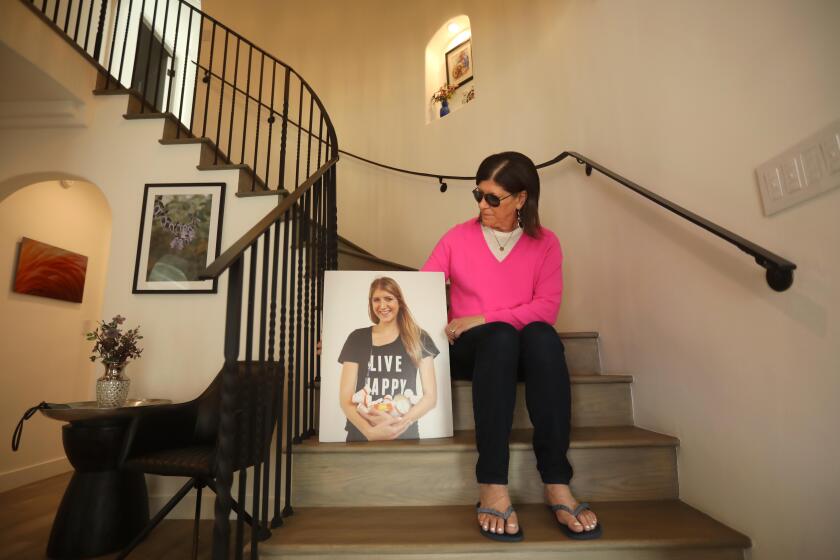Evaluation Procedure for Malathion
I am writing to correct a misstatement in your editorial on malathion (“Malathion Gets the Microscope,” Feb. 7).
Referring to a 1980 Department of Health Services Health Risk Assessment, you quote Marc Lappe as saying that “state officials altered some of the report’s conclusions.” This is totally untrue. You further state that “state officials admit that changes were made” which is equally untrue.
The 1980 report was written by me in my capacity as chief of the environmental epidemiology unit. I assigned two toxicologists to review the fairly extensive published literature on the toxicology of malathion.
One of them was Marc Lappe who looked at what was known about the acute effects of the material. He found that in the very small doses to which people could be exposed from the application of malathion bait “it is virtually impossible for any acute toxic effects to occur.”
The other toxicologist looked at what was known about the chronic effects of malathion--mutagenesis, reproductive effects and cancer. He found no evidence for the first two.
The major public concern, however, was the risk of cancer. Although the National Cancer Institute had found that malathion was not a carcinogen, one laboratory scientist, Dr. Melvin Reuber, had claimed that the institute’s conclusion was wrong.
In the tradition of public health to be biased in favor of health, we made a risk assessment on the assumption that Reuber was correct and used his figures. We made a further series of worst-case assumptions, each adding a 5- to 10-fold increase in risk. And finally we took the case of a 22-pound child lying out on the lawn with no clothes on each night that the spraying would occur, an extreme “worst-case” scenario.
For our calculation we assumed that this baby managed to get on his skin the entire amount of malathion bait on 6 square feet of lawn.
When I was drafting the final version of the report Lappe suggested using a 36 square feet area instead. It was not a question of how far this naked baby could crawl but of how much malathion he could get on his skin.
I went with the 6 square feet which yielded a cancer risk of approximately 1 in a million. This is not “altering some of the report’s conclusions.” The report’s conclusions are as valid today as they were in 1980, namely:
1. There was no significant health risk.
2. Public anxiety is a major factor.
3. The greatest likelihood of acute health effects is in the possibility of a plane crash. (A fatal helicopter crash did occur in 1981.)
As one who has devoted a major part of his career to investigating and protecting the public from harmful effects of pesticides I am distressed to see the unwarranted level of anxiety over the Medfly project. The media bear a large measure of responsibility for fueling these unwarranted fears.
EPHRAIM KAHN, M.D., M.P.H.
Hazard Evaluation Section
California Department of Health Services
Berkeley



